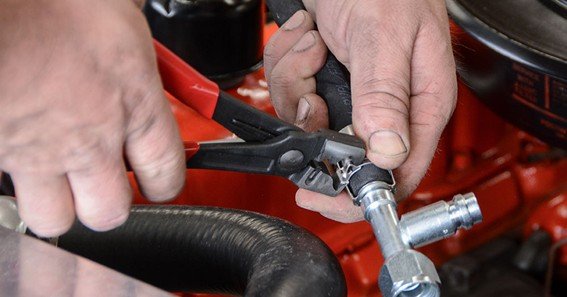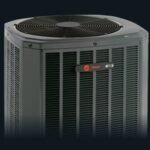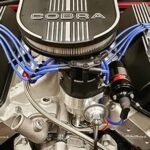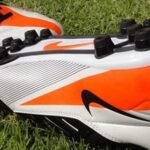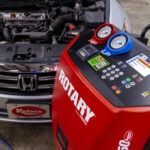A well-functioning air conditioning (AC) system is vital for comfort during drives, especially in warmer climates. When AC lines develop leaks or damages, an AC line repair kit becomes an indispensable tool for restoring the system’s efficiency without the need for costly replacements.
Understanding AC Line Repair Kits
AC line repair kits are designed to mend damaged sections of your vehicle’s air conditioning lines, addressing issues such as pinhole leaks, cracks, or kinks. These kits typically include components like splicers, compression unions, and replacement tubing, enabling both professional mechanics and DIY enthusiasts to perform repairs effectively.
Types of AC Line Repair Kits
- Compression Union Kits: These kits use compression fittings to join two sections of tubing, effectively repairing leaks or breaks. They are suitable for both aluminum and steel lines.
- Hose Splicer Kits: Ideal for repairing rubber hose sections of AC lines, these kits include splicers that connect two hose ends securely.
- Block-Off Kits: Used when isolating a portion of the AC system, such as disabling the rear AC in larger vehicles, these kits block off specific sections to prevent refrigerant loss.
Selecting the Right AC Line Repair Kit
When choosing an AC line repair kit, consider the following factors:
- Compatibility: Ensure the kit matches your vehicle’s make, model, and the specific diameter of the AC lines.
- Material Quality: Opt for kits made from durable materials like high-grade aluminum or steel to ensure longevity.
- Ease of Use: For DIY repairs, select kits that come with clear instructions and require minimal specialized tools.
Recommended AC Line Repair Kits
Here are some notable AC line repair kits available:
Auto Cooling Solutions TR10 AC Line Repair Kit
Designed to repair 5/8″ O.D. AC tubes, this 12″ length kit is suitable for replacing or splicing steel or aluminum AC lines.
S.U.R.&R. AC128 A/C Line Repair & In-Line Filter Kit
This kit allows for the repair of damaged AC lines, including pinhole leaks and cracks, and includes an in-line filter to protect the system.
Dorman 800-640 Line Splice
A reliable solution for splicing 5/8″ aluminum lines, commonly used in various vehicle models for effective AC line repair.
Santech Hose Splicer 1/2in AC Repair
Ideal for repairing 1/2″ AC hoses, this splicer ensures a secure connection and restores the integrity of the AC system.
Luumtee 5 Set Car A/C Repair Kit
A comprehensive kit containing O-ring seals, valve cores, dust caps, and disconnect tools, suitable for extensive AC system maintenance.
FAQ
1. Can I repair an aluminum AC line myself?
Yes, with the appropriate AC line repair kit, DIY enthusiasts can repair aluminum AC lines. However, ensure you have the necessary skills and tools, and always follow the kit’s instructions carefully.
2. How do I determine the correct size of the repair kit for my AC line?
Measure the outer diameter (O.D.) of the damaged AC line to select a compatible repair kit. Common sizes include 3/8″, 1/2″, and 5/8″.
3. Are AC line repair kits a permanent solution?
While they provide a durable fix, the longevity depends on the quality of the kit and the correctness of the installation. Regular inspections are recommended to ensure ongoing performance.
4. Where can I purchase an AC line repair kit?
AC line repair kits are available at automotive parts stores such as AutoZone and NAPA Auto Parts, as well as online retailers like Amazon.
5. Is it necessary to evacuate and recharge the AC system after repairing a line?
Yes, after repairing an AC line, the system must be properly evacuated to remove any air and moisture, and then recharged with the correct type and amount of refrigerant to ensure optimal performance.
